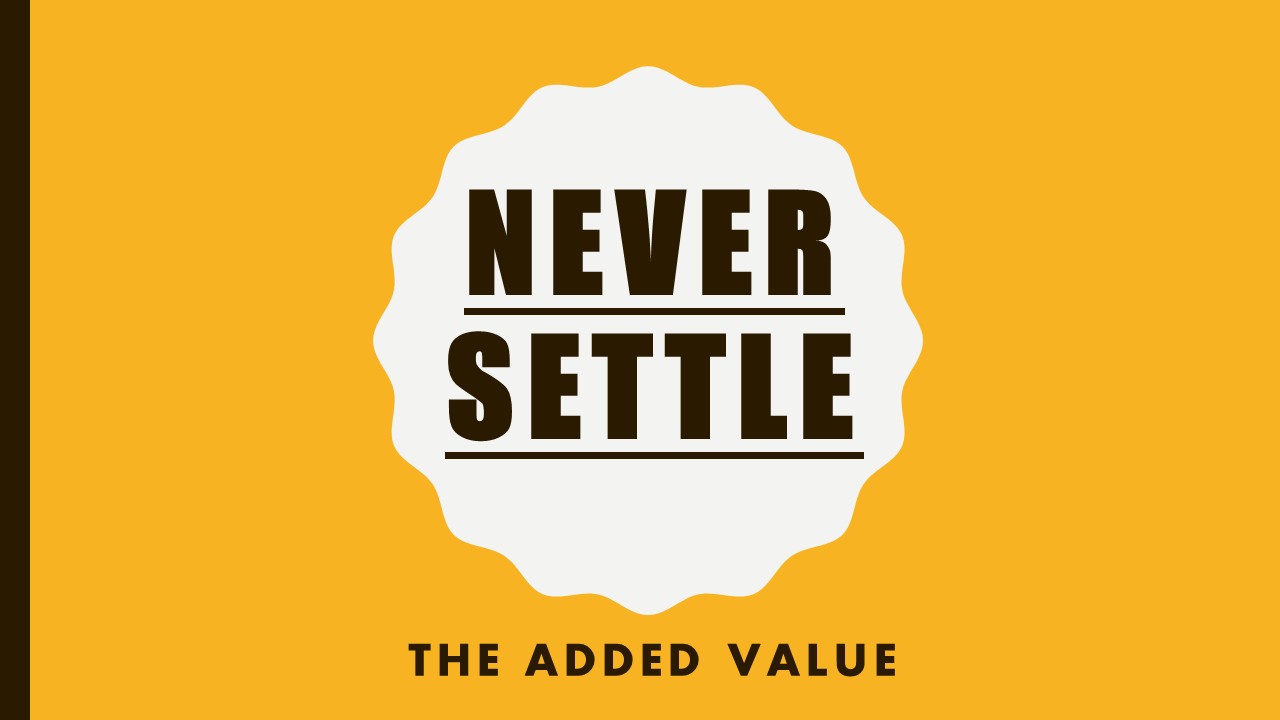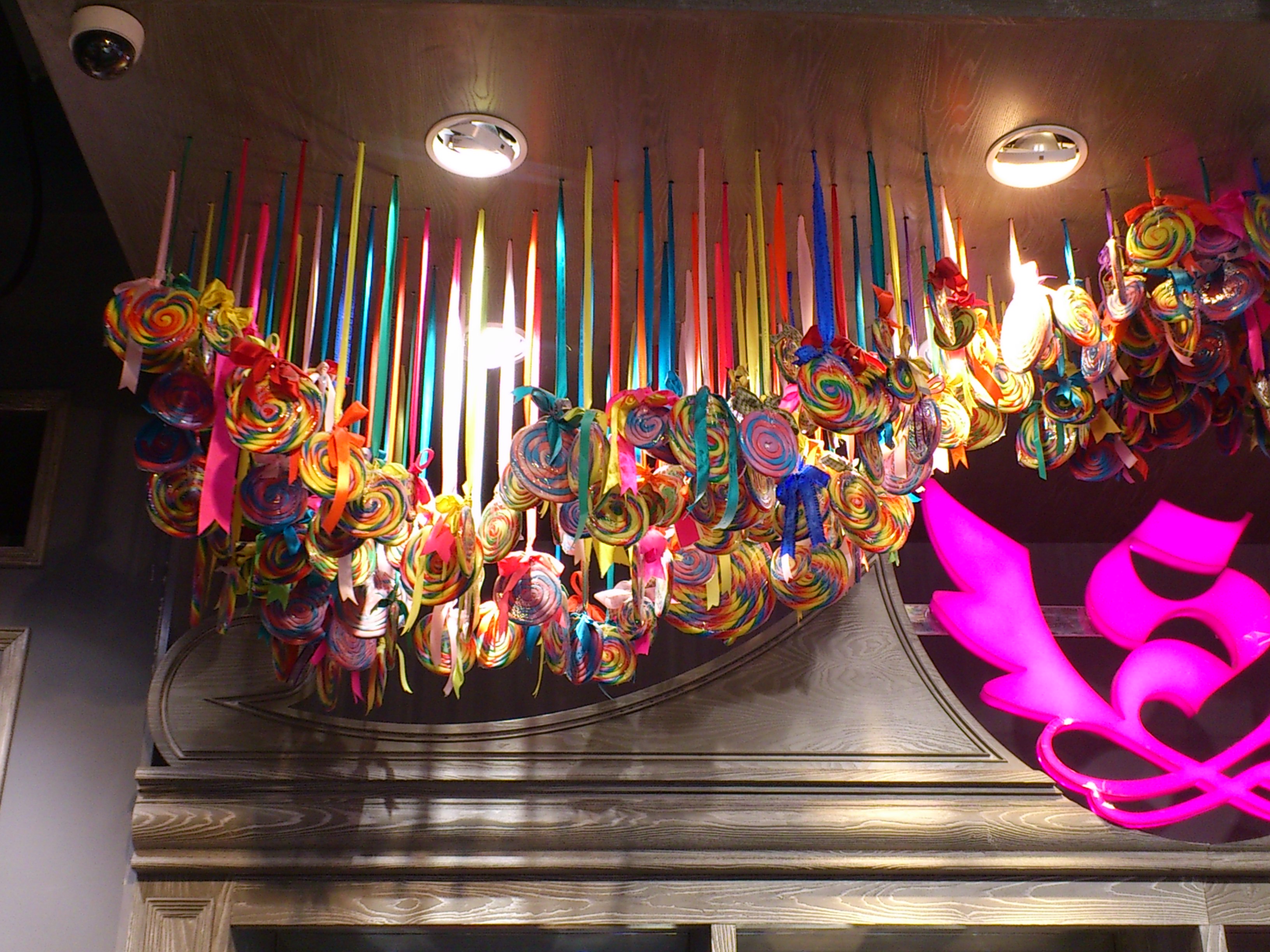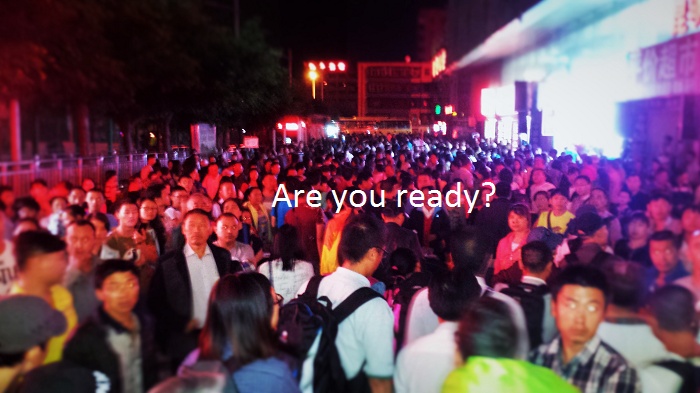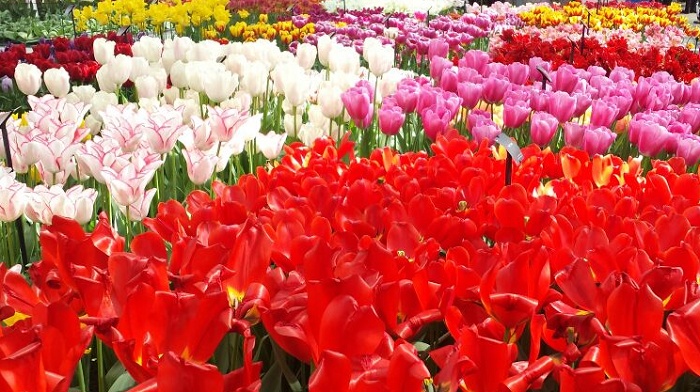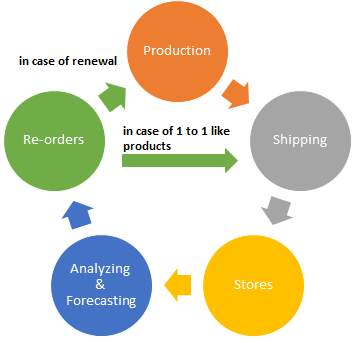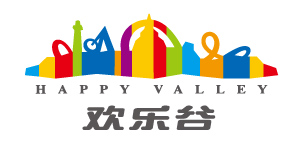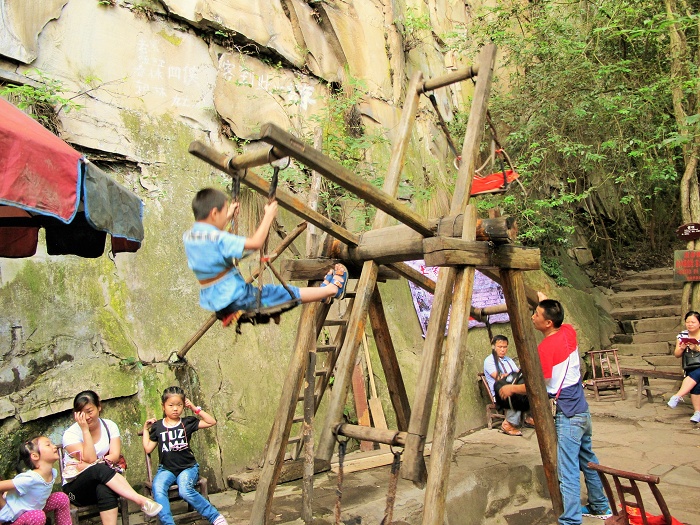
It is 6 weeks already since I have left Amsterdam to explorer the Asian theme park and attraction market. And although I have visited a couple of theme parks over the last years in Bangkok, Hong Kong, Kuala Lumpur and Beijing (read the post about Happy Valley here), Asia keeps surprising me. Last year I did set the goal to relocate to Asia but did not want to settle in China (based on a 3 week holiday trip, which is obviously not really showing the real China). This time China really got me. Due travelling on a budget I pushed myself to blend more with local (tourists) and eat, sleep and travel like a local (as a matter of fact: I write this post during a 10 hour train ride on a standing ticket, yes standing means really standing or sit in the aisle if you beat the competition by running at the platform like I did). Must admit it is far from comfortable but this is China: be flexible and you will enjoy the country, people and all what is crossing your path. And maybe the most important reason for now: it gives you time to observe the behavior of people. Which you should know is totally different from the rest of Asia.
Culture, People and Behavior
The cultural difference between the East and the West is the most important element to keep in mind when driving business or setting up a tourist attraction in China. Although I don’t consider myself as a cultural guru and there are books describing the Chinese culture better than I do. When it comes down to driving spends in tourism destinations it is about understanding guest behavior. Culture affects behavior (or does behavior results to culture?) what will impact your strategy to attract visitors and make them spend within the attraction. READ MORE
